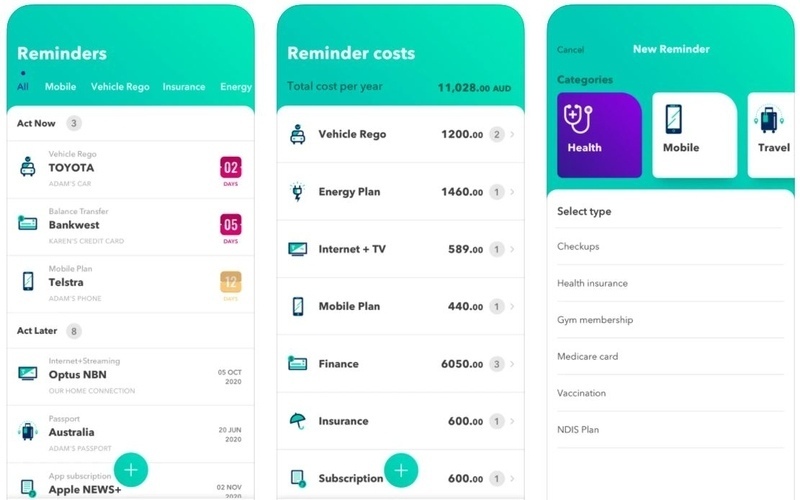A report from the Real Estate Institute of Queensland (REIQ) found 70.2% of the state's vacancy rates remained under 1.0%.
Brisbane's inner-city experienced the biggest pinch, with vacancy rates dropping 0.5% in the quarter to the end of March 2021.
REIQ chief executive Antonia Mercorella said it had been almost a decade since rental conditions had been this severe.
“Record-low interest rates, government support and stimulus measures, and the pandemic-driven stampede we’ve witnessed migrating beyond our southern borders have sent Brisbane’s private rental market into uncharted territory, pushing vacancy rates down to their lowest levels since October 2012,” Ms Mercorella said.
“In fact, our capital has seen rental markets across the entire metropolitan tighten quarter-on-quarter for the last four consecutive reporting periods, from Brisbane’s CBD out to the city’s outer rim.”
Buying a home or looking to refinance? The table below features home loans with some of the lowest interest rates on the market for owner occupiers.
| Lender | Home Loan | Interest Rate | Comparison Rate* | Monthly Repayment | Repayment type | Rate Type | Offset | Redraw | Ongoing Fees | Upfront Fees | Max LVR | Lump Sum Repayment | Additional Repayments | Split Loan Option | Tags | Row Tags | Features | Link | Compare | Promoted Product | Disclosure |
|---|---|---|---|---|---|---|---|---|---|---|---|---|---|---|---|---|---|---|---|---|---|
5.79% p.a. | 5.83% p.a. | $2,931 | Principal & Interest | Variable | $0 | $530 | 90% |
| Promoted | Disclosure | |||||||||||
5.74% p.a. | 5.65% p.a. | $2,915 | Principal & Interest | Variable | $0 | $0 | 80% |
| Promoted | Disclosure | |||||||||||
5.84% p.a. | 6.08% p.a. | $2,947 | Principal & Interest | Variable | $250 | $250 | 60% |
| Promoted | Disclosure |
In the last 12 months, rental vacancies dropped 1.1% in the Brisbane Local Government area (LGA), while Greater Brisbane saw vacancies tighten by 0.9%.
The REIQ found some of the tightest vacancies across the capital's suburban area include Capalaba (0.2%), Rothwell (0.2%), Birkdale (0.3%), Ferny Hill (0.3%), Gumdale (0.4%), Shailer Park (0.4%), and Sandgate (0.5%).
Related: Where is it cheaper to buy than rent in Brisbane?
“Where we’re seeing the most pronounced rental demand levels far outstrip available vacancies is across regional Queensland, with the tightest vacancies currently to be found in the Fraser Coast’s Maryborough (0.2%) followed by the Southern Downs (0.3%) and Bundaberg regions (0.5%), while a rate of 0.4% has been recorded across Gympie, Rockhampton and Sunshine Coast,” Ms Mercorella said.
“Meanwhile, the Gold Coast has tightened a further 0.3% to reach a record low of 0.6% in the last 15 years of data records.”
The popular Surfers Paradise precinct recorded a 0.8% vacancy rate over the quarter, but other Gold Coast areas were far tighter, with the southern suburbs recording a median rate of 0.4% and the western suburbs 0.4%.
"Immediate action" needed
Ms Mercorella said the state government must take steps to repair the Queensland rental market, and called for the First Home Owner Grant to be amended to include existing homes.
“With no support measures announced for the established housing sector in last year’s State Budget, the REIQ believes the Palaszczuk Government must take immediate action to resolve our current rental crisis,” she said.
“The rental sector plays a critical role in Queensland’s housing system and the role and size of our investor market has never been so important."
In March, the Queensland Government announced it would release a new State Infrastructure Strategy to support Queensland's economic recovery.
Deputy Premier Dr Steven Miles said the government was committed to stimulating the economy and sustaining the construction industry.
"Queensland’s population is booming, and we must keep up with the increased demand in infrastructure – the formation of the Growth Areas Delivery Team I announced recently, will see us do just that," Dr Miles said.
“The Team will consider challenges affecting land supply; housing choice and affordability; land fragmentation; progressing development applications and facilitating essential urban infrastructure.”
Related: Queensland urged to abolish stamp duty.
More land means lower house prices
NAB chief executive Ross McEwan fronted the House of Representatives economics standing committee on Friday and called on state governments to increase land supply in order to cool house prices.
Mr McEwan said it was taking developers "five to seven years to go from a paddock to having land available for somebody to put a house on."
"That is an area I would encourage the states to have a serious look at," he said.
Mr McEwan urged the states to streamline the approval processes for land development and residential construction, with a resurgence of people wanting to build homes.
Supply-based solutions such as these have also been called for by economists and the likes of The Association of Superannuation Funds of Australia (ASFA), which called for the following:
- Improving land release, zoning, planning & approval processes
- Reducing stamp duties or replacing them with land taxes (some state governments are already trying this)
- Removing or reducing negative gearing concessions
- Removing or reducing Capital Gains Tax (CGT) exemptions
- Including the family home in the Age Pension asset test
- Increasing the supply of social and affordable housing
House prices are currently increasing at their fastest rate in decades.
Photo by Jasper Bennett on Unsplash

Ready, Set, Buy!
Learn everything you need to know about buying property – from choosing the right property and home loan, to the purchasing process, tips to save money and more!
With bonus Q&A sheet and Crossword!






 Denise Raward
Denise Raward

 Harrison Astbury
Harrison Astbury
 Emma Duffy
Emma Duffy
 William Jolly
William Jolly

